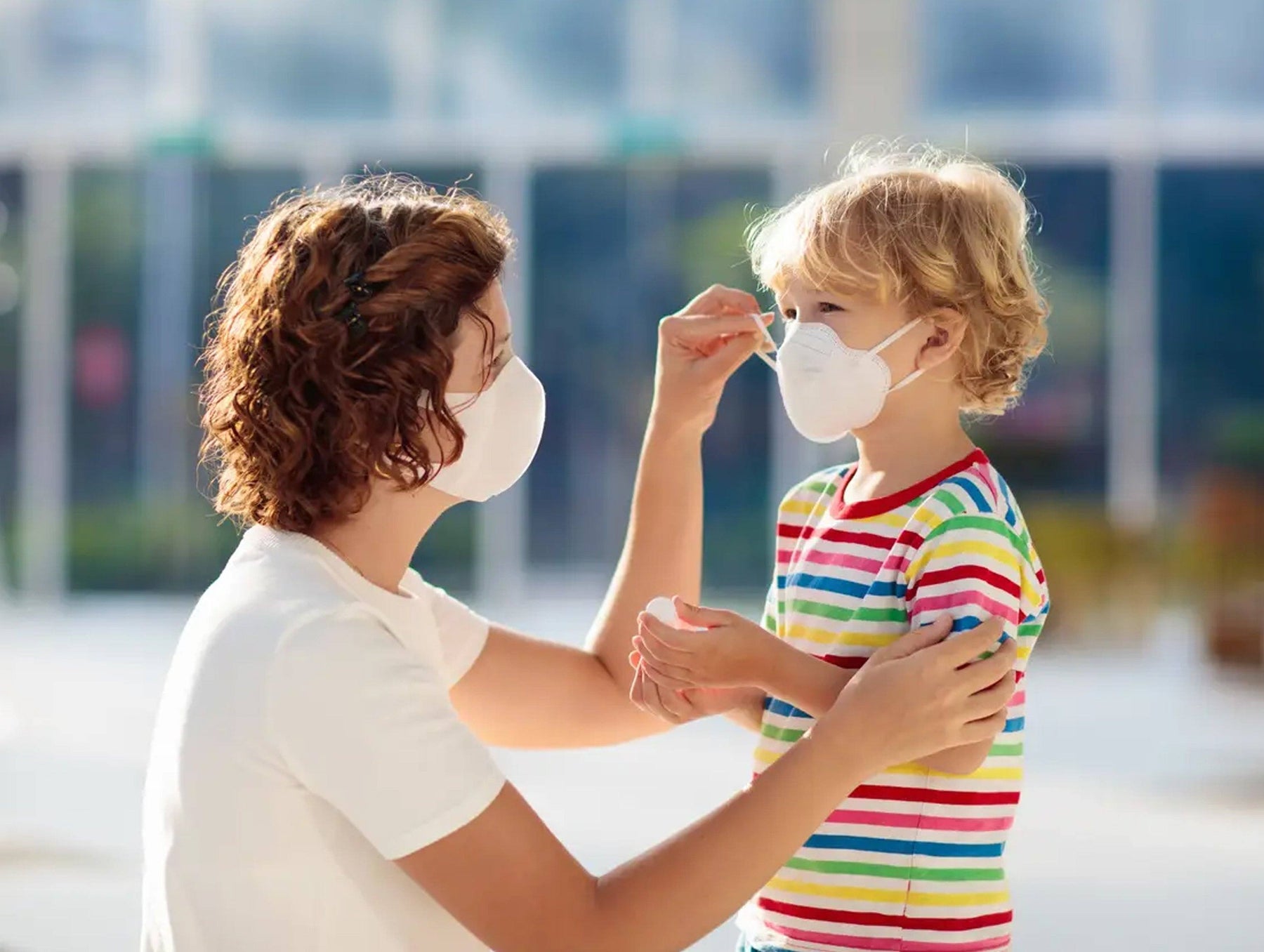
How To Motivate Your Kids To Wear Face Masks During The COVID 19 Pandemic
The coronavirus pandemic has changed our world. We are faced with a few things that we never expected. Wearing face masks is a top priority and is important for everyone in these times. This also applies to children as much as adults. If you are outside your home, and it is not possible to maintain social distancing, face masks must be worn.

However, making children wear their face masks is no easy task to accomplish, particularly for a long time, and children may not like the idea. What we need to think about is that children get used to things only through exploration. Therefore, even if they wear a face mask, they may want to touch them once or more. Additionally, children may show a negative reaction to face masks for anything new associated with COVID 19.
Regardless of the varied problems that may be associated with the child’s reaction to masks, we have to find a solution to the issue as responsible parents and adults. Children need to develop new behaviors at home first to follow the same when they go outside.
This will be much like teaching your children things like saying ‘please’ and ‘thank you’ at home before they get well-accustomed to such good manners. With steady measure and persistence, parents can find children wearing masks and having a positive experience.
Before the advent of COVID 19, children suffering from serious health complications used to wear masks in hospital settings. Explaining to children about the importance of being a masked champion holds the key in these times. Keep reading to find out how you can coax children to wear a disposable child face mask.

Use simple words and language to explain to them why they should use masks
Wearing masks is a compassionate act. It is another step to show others that you want to keep germs to yourself and not transmit them. Children’s minds are sensitive; they tend to show kindness and care to others more spontaneously than adults. Tell children that wearing masks means we are helping others stay safe and healthy, and not risking their health.
Wearing masks is a compassionate act. It is another step to show others that you want to keep germs to yourself and not transmit them. Children’s minds are sensitive; they tend to show kindness and care to others more spontaneously than adults. Tell children that wearing masks means we are helping others stay safe and healthy, and not risking their health.
Answer their questions
Like adults, kids are feeling an aversion to the coronavirus which has affected our lives. Acknowledge their frustration and help to normalize their feelings. Be prepared to answer their questions. This is especially needed at a time when the COVID-19 spread is affecting our normal lives.
Practice when the time is right
Children should be in a rested state and environment, well-fed and have a feeling of wellbeing in general. Doing practice in a good environment ensures that everyone has a pleasant experience.
Have some home practice sessions at first
Letting children become accustomed to their disposable child face mask while involving their senses in the process helps them get comfortable with the masks. Give them time for touching, sniffing, and holding the masks in their hands. Get them to hold the mask to their mouth for 1, 2, 5, 15, and 30 seconds, proceeding to the duration of one minute or more.
Incorporate relaxation sessions in between to help children wear masks
It is important to allow children to take breaks from face masks, especially if they feeling too overwhelmed with the practice. Use some mind and body relaxation techniques.
Make things fun
Children like compliments. When they follow the practice, be sure to load them with compliments and acknowledgment for their efforts. When children start feeling comfortable with wearing a mask, get creative, and make them feel better about the mask. Do a funny dance or play their favorite games, paint, and read the stories they love. Put the mask on their stuffed toys and animal, and animate the whole story with positive affirmations, like telling them to take care of their toys as you take care of them, explaining why the doll should wear a mask. Children should feel special in their attire and the disposable child face mask they are wearing; like a masked superhero. Such kinds of pleasant distractions will help children overcome the sensations of feeling too warm and wet, and the mask feeling tight.
Use positive and polite commands
Rather than saying, “Stop touching the mask”, ask them, “Please, your hands away from the mask.” Use positive statements with words like ‘do’, ‘can’, instead of ‘not’, ‘stop’ and ‘don’t’. Positive, active statements are more likely to bring the desired results than the negative ones.
Reward with incentives, if needed
Kids may just need simple encouragement and a little practice to become comfortable with wearing masks. Use approaches that have worked particularly well in the past, like making favorite meals, sticker charts, or extra quality time for playing.
Practice yourself and acquaint kids with role models
You need to practice what you preach. Parents should practice the role of being Good Samaritans first. The more cheerful, positive, and calm you are with kids, the more likely children will follow what you are telling them. While you wear the mask and find it harder to breathe with it, acknowledge the child’s frustration by breathing deep and letting them know you are also facing the same issues, but it is still safer and useful to wear the mask.
Show them how frontline COVID-19 warriors, like doctors, essential supplies providers and everybody else is wearing a mask for our safety, and that we should appreciate the effort of these masked heroes.
With regular, persistent training and the right actions, children can learn to wear masks and surely enjoy their role in curbing the spread of the coronavirus. Ultimately, make sure you get your kid an attractively-designed, colored, disposable face mask. Colors and designs draw the kids who will try to explore them.

Leave a comment